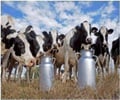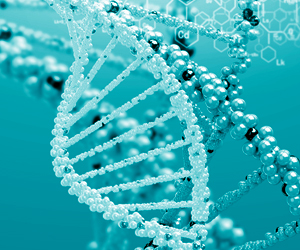The beginning and successive spread of cattle domestication in Africa is behind humans' ability to digest milk sugar lactose, researchers have found.

Study author Sarah Tishkoff of the University of Pennsylvania, said that the study sheds light on both the genetic basis and evolutionary history of a biologically relevant trait in humans and the origins of pastoralism in Africa.
Individuals with northern European ancestry, as well as African, Arabian, and Central Asian pastoral populations with a tradition of fresh-milk production and consumption, retain high levels of lactase into adulthood.
DNA sequence variations linked to lactase persistence have been identified in European populations, but until recently, little was known about genetic factors associated with this trait in African pastoral populations.
Tishkoff, along with co-researcher Alessia Ranciaro, performed a large-scale sequencing analysis of all of the genomic regions thought to influence the activity of the lactase-encoding LCT gene in 819 individuals from 63 diverse African populations and in 154 non-Africans from nine different populations in Europe, the Middle East, and Central and East Asia.
They identified several single-nucleotide variants-DNA sequence variations affecting a single nucleotide-associated with lactase persistence.
Advertisement
The origins of these variants coincided with the introduction of cattle domestication in Africa about 10,000 years ago and its subsequent spread through pastoral migrations.
Advertisement
Source-ANI













